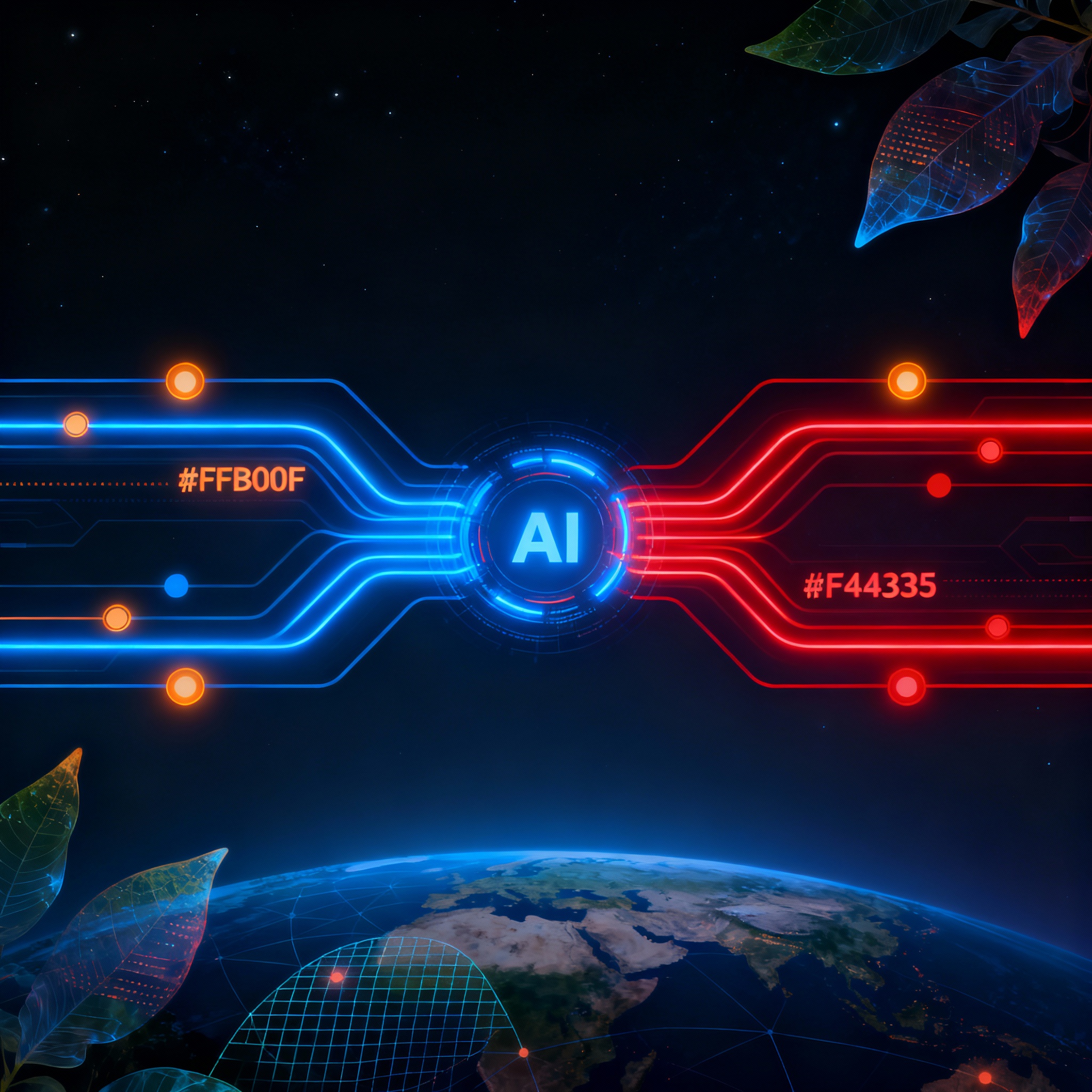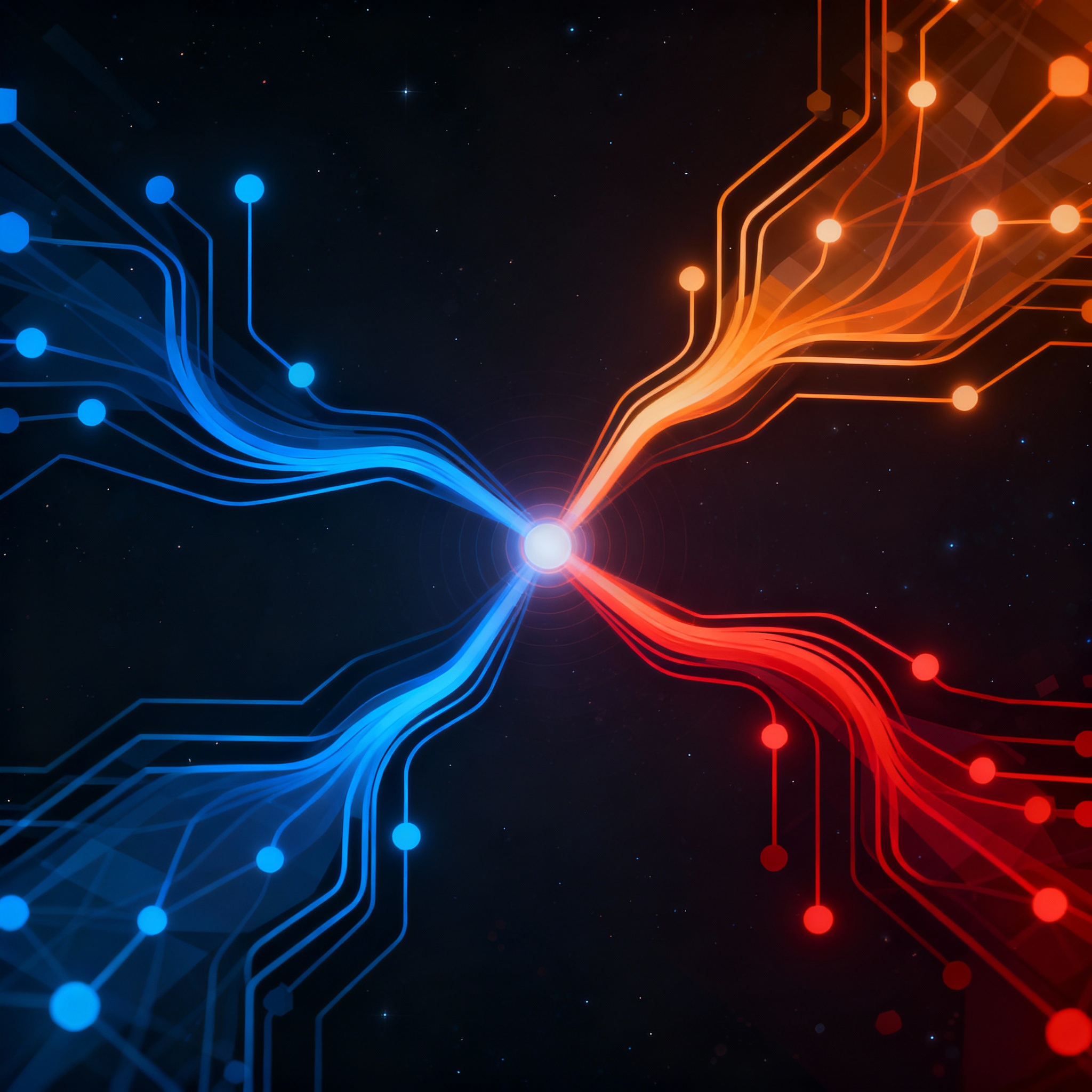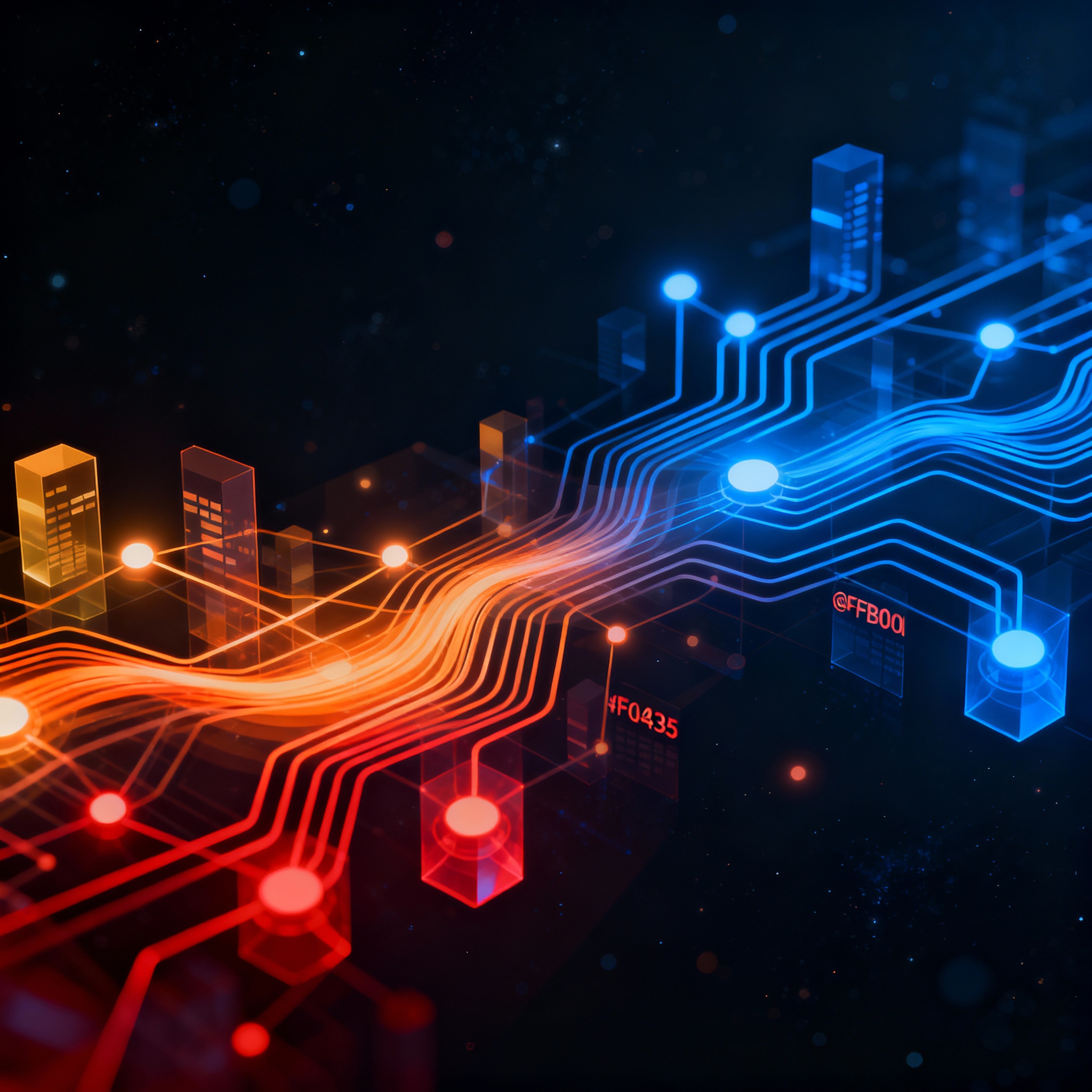
Revolutionizing Environmental Impact Assessments with Retrieval-Augmented Generation (RAG)
Revolutionizing Environmental Impact Assessments with Retrieval-Augmented Generation (RAG)
In today's rapidly evolving world, environmental impact assessments (EIAs) are more critical than ever. These assessments help governments, businesses, and organizations evaluate the potential effects of projects on ecosystems, communities, and the planet. However, traditional EIAs often struggle with vast amounts of data, complex variables, and the need for expert knowledge integration. Enter Retrieval-Augmented Generation (RAG), a cutting-edge AI approach that's poised to transform how we conduct these assessments.
As a technical blog writer for ChatRAG, a Next.js boilerplate designed for building chatbot-agent SaaS businesses, I've seen firsthand how RAG can empower developers to create intelligent, data-driven applications. In this post, we'll dive into what RAG is, how it's being applied to EIAs, the opportunities and challenges it presents, and practical insights for implementation. Whether you're an environmental scientist, AI enthusiast, or SaaS entrepreneur, this exploration will highlight why RAG is a must-know technology for sustainable innovation.
Understanding Retrieval-Augmented Generation (RAG)
At its core, RAG is an AI framework that enhances large language models (LLMs) by combining generation capabilities with retrieval mechanisms. Unlike standard LLMs that rely solely on pre-trained knowledge, RAG fetches relevant information from external databases or knowledge bases in real-time, then uses that data to generate more accurate and contextually rich responses.
Think of RAG as a supercharged research assistant: it "retrieves" pertinent facts, documents, or data points and "augments" the generation process to produce outputs grounded in reality. This is particularly useful in fields like environmental science, where data is dynamic and multifaceted—ranging from climate models to biodiversity reports.
For a deeper dive into RAG architectures and enhancements, check out this comprehensive survey on RAG architectures and robustness. It outlines how RAG systems can be optimized for various applications, including those requiring high precision like EIAs.
Why RAG Matters for Environmental Impact Assessments
Environmental impact assessments involve analyzing potential harms and benefits of projects such as infrastructure development, mining, or renewable energy installations. These processes require synthesizing data from diverse sources: satellite imagery, historical climate records, ecological studies, and regulatory guidelines. Manually compiling and interpreting this information is time-consuming and prone to human error.
RAG addresses these pain points by automating data retrieval and analysis. For instance, an RAG-powered system could query a database of global environmental reports to assess the impact of a proposed wind farm on local bird migration patterns. By integrating real-time data retrieval, RAG ensures assessments are not only faster but also more comprehensive.
Recent research highlights the potential here. According to studies on integrating AI with expert knowledge in global environmental assessments, AI tools like RAG can bridge gaps between computational power and human expertise, leading to more robust global assessments. This integration is crucial for addressing planetary pressures, as explored in AI for a Planet Under Pressure, which discusses how AI can unlock insights into climate challenges.
Key Benefits of RAG in EIAs
Let's break down the advantages of using RAG for environmental impact assessments:
Enhanced Accuracy and Relevance
RAG minimizes hallucinations—those infamous AI-generated inaccuracies—by grounding responses in retrieved data. In EIAs, this means pulling from verified sources like government databases or scientific journals to ensure findings are evidence-based. For example, when evaluating soil erosion risks for a construction project, RAG could retrieve geospatial data and generate a tailored report, reducing the chance of oversight.
Scalability for Complex Scenarios
Environmental data is often multimodal, including text, images, and graphs. Advanced RAG variants, such as those incorporating graphs, handle this complexity well. Retrieval-Augmented Generation with Graphs (GraphRAG) introduces graph-based structures to improve retrieval efficiency, making it ideal for mapping interconnected environmental factors like water cycles and deforestation impacts.
Efficiency and Cost Savings
Traditional EIAs can take months and require teams of experts. RAG streamlines this by automating initial data gathering and preliminary analysis. Imagine a chatbot built with ChatRAG that allows users to input project details and receive an instant preliminary assessment, complete with cited sources. This not only speeds up the process but also democratizes access to EIA tools for smaller organizations.
Support for Multimodal and Contextual Analysis
In EIAs, visual data like satellite images is invaluable. Earth AI: Unlocking Geospatial Insights with Foundation Models and Cross-Modal Reasoning demonstrates how multimodal RAG can process images alongside text for deeper insights, such as detecting land-use changes over time.
Moreover, for flexible impact assessments without heavy computational overhead, frameworks like Contextual LCIA without the overhead propose exchange-based methods that align perfectly with RAG's retrieval ethos, enabling quick adaptations to new environmental contexts.
Challenges and How to Overcome Them
While RAG offers immense potential, it's not without hurdles. One major challenge is ensuring data quality and relevance. If the retrieval database contains outdated or biased information, the generated assessments could be flawed. To mitigate this, curate high-quality, domain-specific knowledge bases and implement robust validation steps.
Another issue is the integration of multimodal data, which requires advanced RAG systems. Research in MMA-RAG: A Survey on Multimodal Agentic Retrieval-Augmented Generation provides insights into building agentic systems that handle diverse data types, offering strategies for robustness in environmental applications.
Privacy and ethical concerns also arise, especially with sensitive ecological data. Always prioritize secure, compliant data handling—something that's built into platforms like ChatRAG, which supports customizable retrieval pipelines for SaaS applications.
Finally, there's the learning curve for non-technical users. Start with user-friendly interfaces; for instance, a Next.js-based chatbot could guide environmental assessors through RAG queries without needing coding expertise.
Practical Examples and Actionable Insights
To make this concrete, consider a hypothetical case: A city planning department uses an RAG system to assess the environmental impact of a new highway. The system retrieves data on traffic emissions, local wildlife habitats, and climate projections, then generates a report highlighting mitigation strategies like green corridors.
Actionable insight: If you're building such a tool, integrate GraphRAG for handling relational data. Start by indexing environmental datasets into a vector database, then use an LLM like GPT-4 to generate augmented responses. For SaaS developers, ChatRAG's boilerplate simplifies this, providing pre-built components for retrieval and generation.
Another example: In university administrative processes, RAG has been explored for knowledge management, as in L'Intérêt des RAG dans la Gestion des Connaissances des Processus Administratifs Universitaires. Adapting this to EIAs, universities could use RAG for campus sustainability assessments, retrieving policies and generating compliance reports.
For implementation:
- Step 1: Build a knowledge base with environmental data sources.
- Step 2: Implement retrieval using tools like FAISS or Pinecone.
- Step 3: Augment with an LLM, ensuring prompts emphasize accuracy.
- Step 4: Test with real-world scenarios, iterating based on feedback.
These steps can be prototyped quickly using ChatRAG, accelerating your path to a market-ready EIA chatbot.
Conclusion: Key Takeaways for a Sustainable Future
Retrieval-Augmented Generation is revolutionizing environmental impact assessments by making them more accurate, efficient, and accessible. From integrating expert knowledge to handling multimodal data, RAG empowers us to make better decisions amid growing environmental pressures.
Key takeaways:
- RAG enhances EIAs by grounding AI in real data, reducing errors and speeding up processes.
- Overcoming challenges like data quality requires curated sources and ethical practices.
- Practical applications, from urban planning to academic sustainability, show RAG's versatility.
- For developers, tools like ChatRAG make building RAG-powered SaaS solutions straightforward.
As we face a planet under pressure, embracing technologies like RAG isn't just innovative—it's essential for sustainable progress. Stay tuned to the ChatRAG blog for more on AI advancements in emerging fields.
Ready to build your AI chatbot SaaS?
ChatRAG provides the complete Next.js boilerplate to launch your chatbot-agent business in hours, not months.
Get ChatRAGRelated Articles

Streamlining Scholarly Scrutiny: RAG's Impact on Manuscript Review in Publishing
In the fast-paced world of academic publishing, reviewing manuscripts can be a daunting task fraught with information overload. Retrieval-Augmented Generation (RAG) emerges as a game-changer, combining AI's generative power with targeted data retrieval to enhance accuracy and efficiency. This post delves into how RAG streamlines the review process, from literature verification to constructive feedback.

Revolutionizing Nonprofit Grant Writing with RAG: A Technical Deep Dive
In the competitive world of nonprofit funding, Retrieval-Augmented Generation (RAG) is a game-changer, blending AI language models with real-time data retrieval to enhance grant writing and research. This post dives into practical applications, best practices, and technical details for developers creating SaaS solutions. Learn how RAG can automate workflows, ensure accuracy, and drive impact in the nonprofit sector.

Mastering Internal Knowledge: How RAG Powers Enterprise Documentation Search
In today's data-driven enterprises, sifting through vast internal documentation can be a major bottleneck. Retrieval-Augmented Generation (RAG) emerges as a game-changer, combining AI retrieval with generation to deliver accurate, relevant responses. This guide dives into implementing RAG for efficient knowledge management.